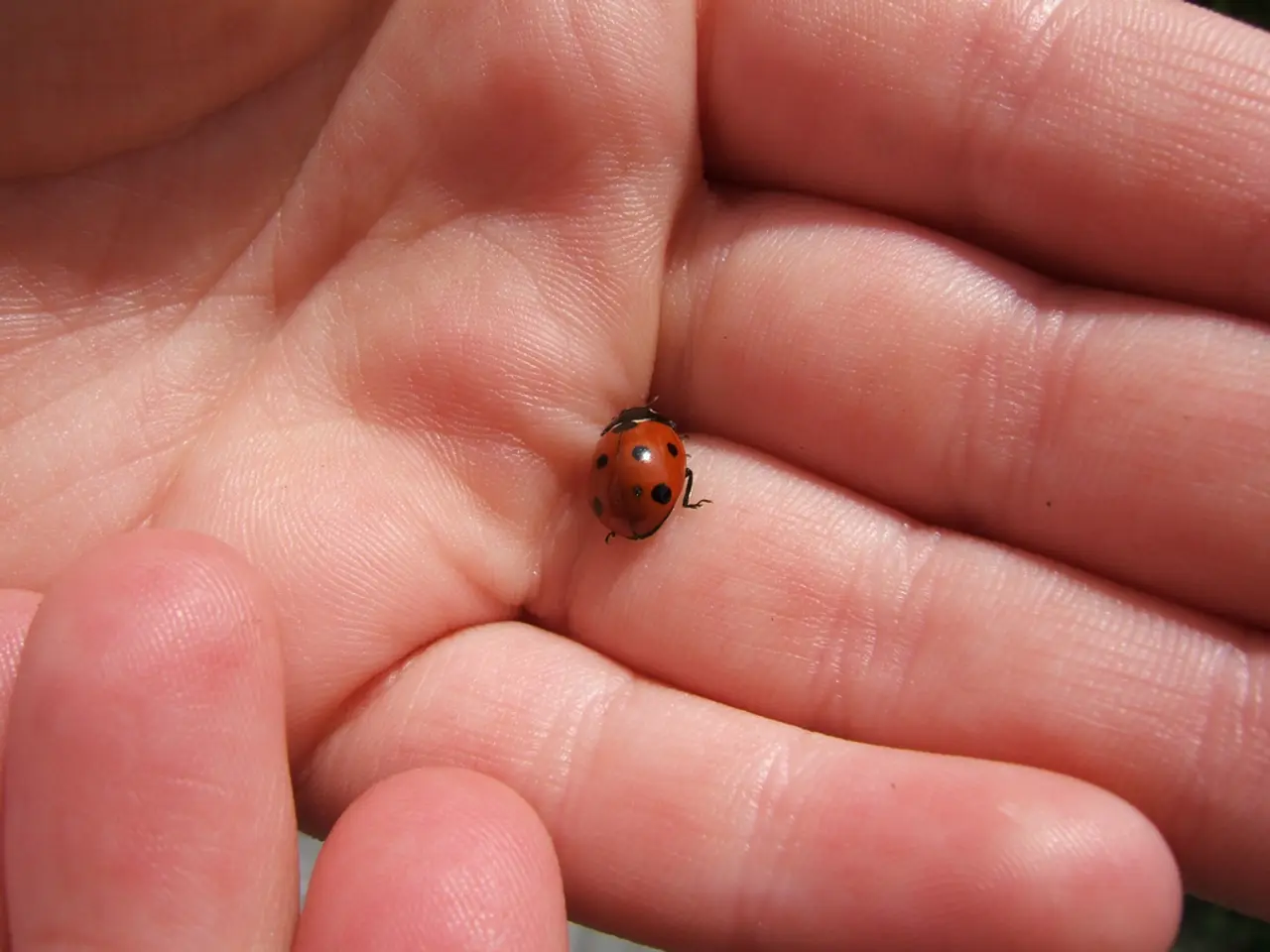Hand, Foot, and Mouth Disease: Causes, Symptoms, and Prevention
Hand, foot, and mouth disease (HFMD), a common viral infection among young children, has been making headlines. Caused by viruses from the Enterovirus genus, primarily coxsackievirus, HFMD is characterized by blisters and sores in the mouth and a rash on the hands and feet, often accompanied by fever, sore throat, and headache.
HFMD is typically a mild condition that resolves on its own within a week, but it can lead to complications like dehydration or viral meningitis in rare cases. The infection spreads through direct contact with contaminated surfaces or bodily fluids, with people being most contagious during the first week of illness. Early signs include mouth pain, increased salivation, loss of appetite, and general malaise, with the mouth blisters causing discomfort during swallowing and drinking. The rash, which appears on the hands, feet, and sometimes other areas, can cause itching and discomfort. To prevent HFMD, practicing good hygiene is crucial, including regular handwashing and avoiding close contact with infected individuals until symptoms have resolved.
HFMD, caused by coxsackievirus, is a common viral infection in children, characterized by blisters and sores in the mouth and a rash on the hands and feet. While it's usually mild and resolves on its own, it's important to practice good hygiene to prevent its spread and potential complications. If your child contracts HFMD, keep them home from school until symptoms have resolved, and limit close contact with peers.
Read also:
- Hospital's Enhancement of Outpatient Services Alleviates Emergency Department Strain
- Increased Chikungunya infections in UK travelers prompt mosquito bite caution
- Kazakhstan's Deputy Prime Minister holds discussions on the prevailing circumstances in Almaty
- In the state, Kaiser Permanente boasts the top-ranked health insurance program






